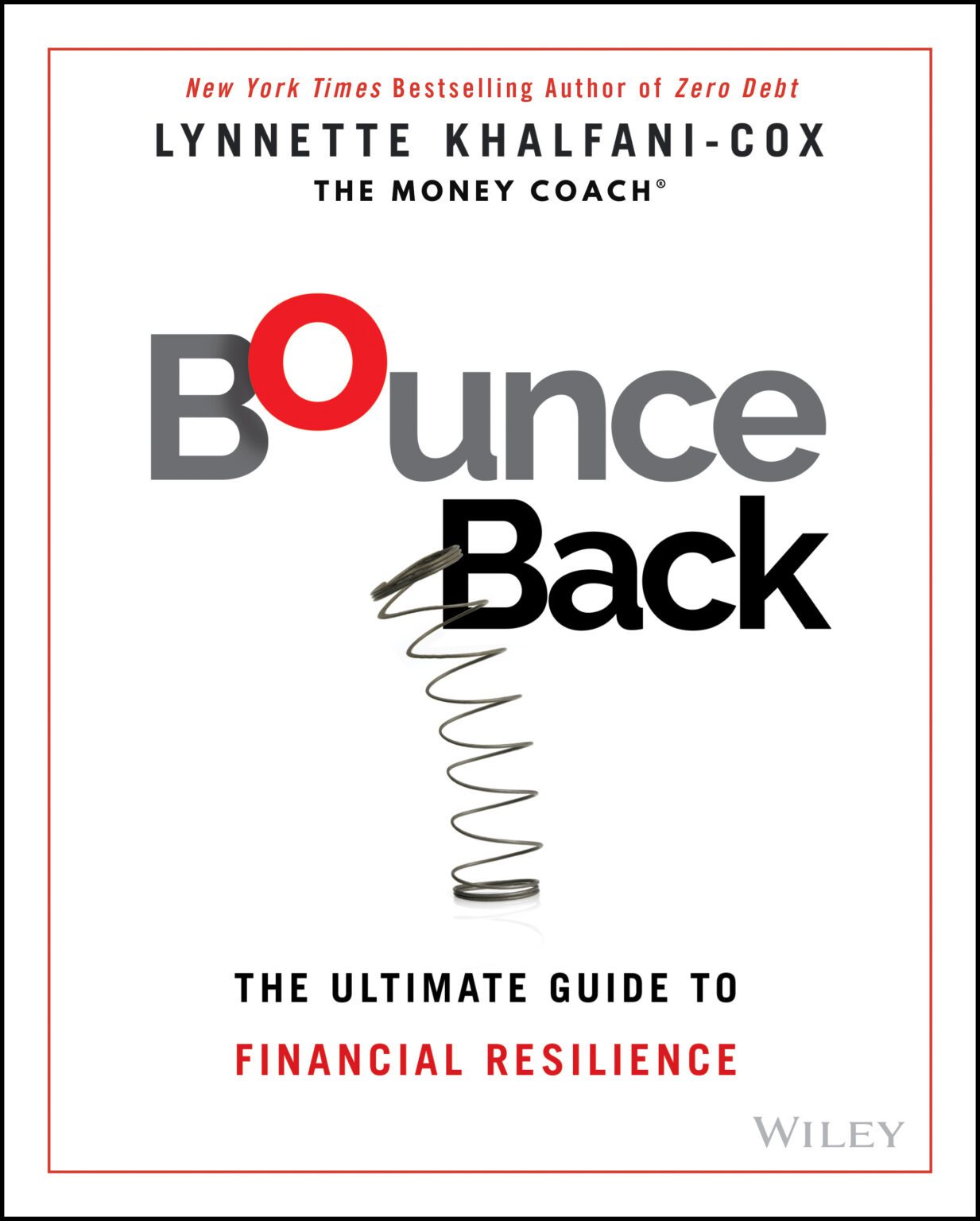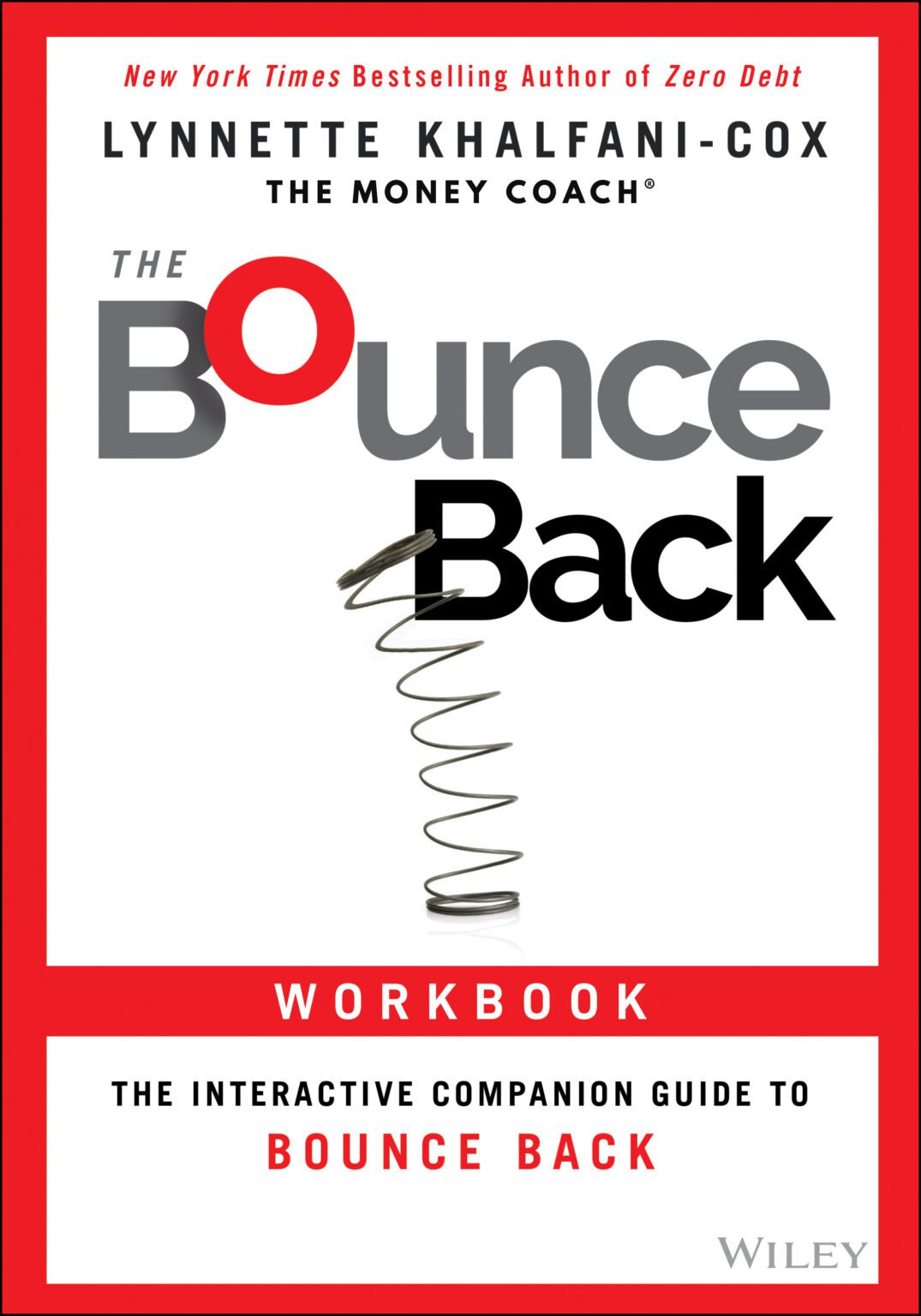Q: Should I put a “consumer statement”in my credit report to explain a bad mark or mistake in my credit file?
A: Despite what some people may suggest to you, it’s best to refrain from adding a “Consumer Statement” to your credit files.
Consumer Statements in Your Credit Files
Under the Fair Credit Reporting Act, you are allowed to add a 100-word “Consumer Statement” to any of your credit reports if you have disputed an item in your credit files, but the item was not removed because it was verified by a creditor. Frequently, consumers think that taking advantage of this “right” to add a consumer statement is a good opportunity.
After all, you would get a chance to divulge what happened, elaborate on the dispute, or perhaps explain why going through a divorce resulted in you not paying a bill or how being laid off for six months is what led you to default on a loan. In your mind, perhaps you think that your explanation will prove that something wasn’t your fault, or at the very least t show a lender that you had a “good” reason for failing to pay.
The Lender’s Point of View
Well, the truth of the matter is: from a lender’s standpoint, especially in today’s economic environment, there is not a single reason under the sun that can justify something negative in your credit report. Creditors want to know whether you paid your debts as agreed, or not. Period. So don’t fool yourself into thinking that your consumer statement will be “taken into account.”
It won’t. In fact, your 100-word statement will most likely be viewed as confirmation that you were financially irresponsible, perhaps because you didn’t manage your finances in such a way as to weather some unexpected event such as divorce or a layoff. Nor will it help your cause to have a Consumer Statement, because it lumps you in the same category with all the other credit-damaged individuals who are using consumer statements to plead their case.
So my advice about Consumer Statements is simple: Refrain from putting any statement at all on your credit file. For those of you fretting over something in your credit file, and worried that it may damage your chances of getting a needed loan, fear not. When you apply for a loan of any kind, chances are it will be approved or denied solely based on numbers – not words.
The numbers will be things like: What is your FICO score? How much debt are you carrying? What is your income? If your application is truly in a gray area, and a potential lender has a question about your credit history, rest assured that they’ll ask if they need more information from you in order to approve your loan.
And at that point, you can write a letter directly to that lender, succinctly explaining anything you feel is necessary. You don’t need to put explanations it in a credit report, however, where scores of businesses and others will see it, and may even view the consumer statement as an admission of guilt (so to speak), and as proof that you aren’t a good credit risk because you couldn’t pay your bills on time.
How a Consumer Statement Can Actually Hurt Your Credit Reputation
There is another practical reason why you should avoid consumer statements: They remain on your credit reports for 10 long years. Assume you had a dispute with a creditor and, through your own perseverance, or through some settlement, you actually resolved the matter. The dispute is over. The creditor may even agree to delete negative information, change your payment status or update your credit history – all of which could wipe away any reference to the matter.
But if you have that consumer statement still lingering on your credit file, it will be a “heads up” to potential lenders and others that – at one point – you were late with a bill or had some dispute with a creditor. It’s worse if you have a late payment or a negative account that was several years old. If the blemish on your record occurred, say, four years ago, it will come off your credit file in another three years. However, if you added a consumer statement subsequent – perhaps just a year ago – then the statement referencing the black mark on your credit will remain another nine years – six more years than the late payment itself was shown!
Hopefully, your credit reports currently indicate: “There is no consumer statement associated with this file,” or something to that effect. If not, you can dispute an existing consumer statement, or simply write a letter to the credit bureaus, and try to get it deleted. For example, TransUnion allows individuals to write a letter to add or remove a consumer statement from their credit reports.
To get a consumer statement removed, send a consumer statement removal request, along with your name, address and TransUnion File Identification Number to:
TransUnion Consumer Relations
P.O. Box 2000
Chester, PA 19022
If you write the credit agencies to delete a consumer statement and it doesn’t work, just be prepared to wait it out until any consumer statement you supplied to the credit bureaus eventually expires.








